Consumers Will Decide When We Reopen
You can’t order people to visit movie theaters, retail shops, when most still fear a reopening.
The marketplace reality is sinking in that the reopening of the economy has less to do with regulators at the local, state and federal levels than it has to do with customers.
Leaders of The Historic West Bend Theatre, now known as “The Bend,” shut down March 15, the day after its grand opening. Now they are watching signals from all over the country to decide when to reopen. The few theaters that have re-opened in states like Texas are seeing only a handful of customers come through their doors.
That is the case even with extraordinary precautions and protections taken by theater operators. Few want to go through TSA-type lines to watch a movie with a bunch of other people nearby.
Bottom line: The recovery will be more bottom-up than top-down. President Trump can’t order the airlines to start flying routes like they did before the Ides of March. Gov. Tony Evers can’t order people to start buying cars. Washington County Executive Josh Schoemann can’t order closed businesses to reopen.
The voters have given these anointed leaders the power to shut things down, but officials lack the power to make the economy and society hum again. In an economy that is 70 percent driven by consumers, only consumers can re-energize the economy.
The handfuls of protesters around the country will also make no difference on the pace of recovery. They can scream and shout, but 80 percent of Americans are leery of reopening too quickly. They will be cautious about congregating and spending. They will not be moved by loud mouths.
There is a theory in marketplace decisions that the wisdom of the crowds is more far-sighted and more important to outcomes than the insights of very smart people. That will surely play out as individual Americans decide how much risk they want to take in their decisions about moving around, going to work and buying things.
Italy, the country hardest hit by coronavirus, has just allowed manufacturing to resume. But how long they stay fully open will depend not on the government or on corporate executives. That will depend on car buyers and non-buyers.
Many manufacturers are up and running in Wisconsin and other states, often at half-speed. Most are adopting rigorous measures to keep their people well. They know that one sick employee can knock out a vital section or department of a factory by infecting or quarantining others. Contagion sets in. That’s what happened in the closure of meat packing plants in Green Bay.
For many reasons, no manager wants that. The best antidote is for individual workers to be uber responsible and stay away from work if they feel at all sick or see any symptoms. Again, ground level decisions by a broad majority of responsible Americans will far outweigh the policing impacts of regulators.
Smart Wisconsin employers have adapted their attendance and sick-pay policies to make such absences the right thing to do. You are not a hero if you come to work not feeling well. Besides, production orders are off, so voluntary reductions in work forces are welcome.
In my view, it’s a good thing that reopening decisions have been decentralized to local government, where politicians have a feel for what is going on at the ground level. And it’s a good thing that the wisdom of the crowds will decide what’s right or not right about reopening.
We are engaged in a kind of warfare, with a very different kind of enemy. It’s always the troops that fight and win wars, not so much the generals. They do need help from our scientists, corporations and governments, who mostly have sped into action.
Good leadership, which largely was missing prior to the epidemic, always helps.
John Torinus is the chairman of Serigraph Inc. and a former Milwaukee Sentinel business editor who blogs regularly at johntorinus.com.
Op-Ed
-
Unlocking Milwaukee’s Potential Through Smart Zoning Reform
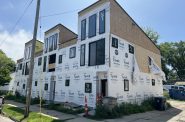 Jul 5th, 2024 by Ariam Kesete
Jul 5th, 2024 by Ariam Kesete
-
We Energies’ Natural Gas Plans Are A Mistake
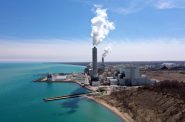 Jun 28th, 2024 by John Imes
Jun 28th, 2024 by John Imes
-
Milwaukee Needs New Kind of School Board
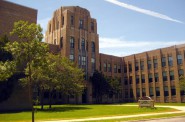 Jun 26th, 2024 by Jordan Morales
Jun 26th, 2024 by Jordan Morales

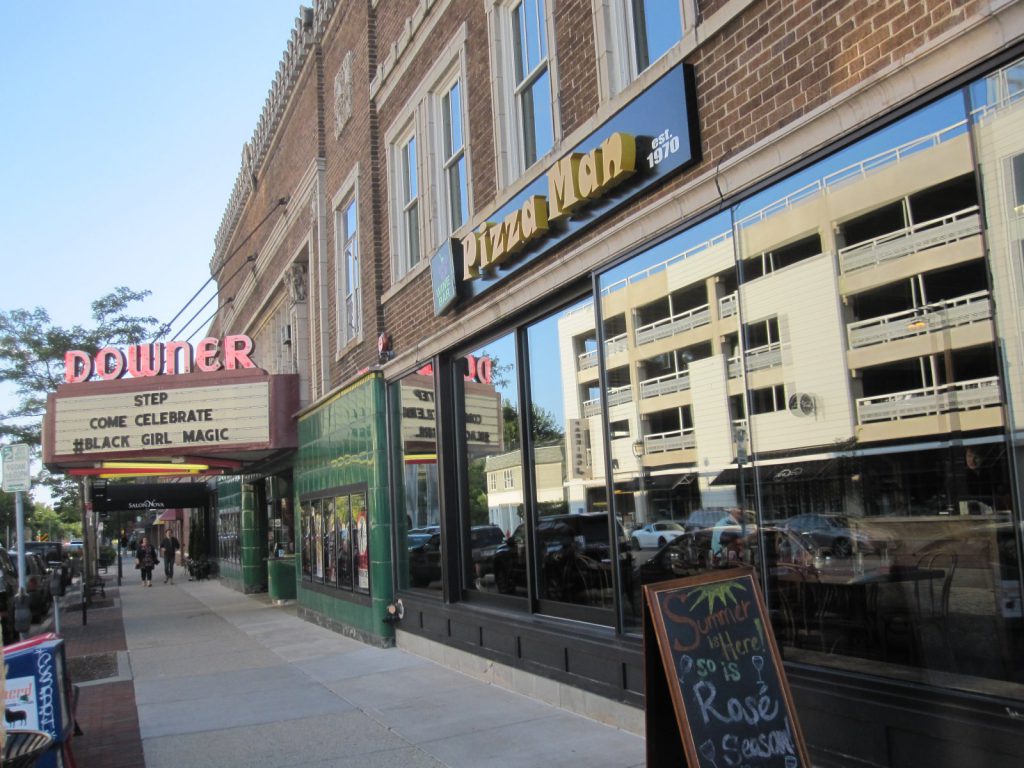


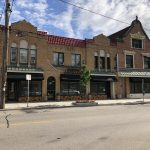

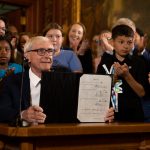











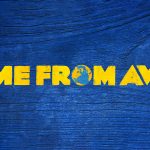



When are people going to be able to be tested to see if they have already had coronavirus but were asymptomatic, or maybe had a little fever and flu-like symptoms sometime in the last two months? Aren’t doctors looking for plasma donors?
Monday morning, 8am: https://urbanmilwaukee.com/2020/05/10/free-covid-19-testing-sites-open-at-800-a-m-monday/
There are two types of covid testing: diagnostic and antibody.
Most testing so far has been “diagnostic” which detects covid virus in the nose or mouth. Diagnostic testing tells if someone CURRENTLY has covid. The testing that starts today at two Milwaukeee sites is diagnostic testing.
The other type of testing, “antibody”—the kind “KrisG-K” mentions—looks for antibodies in your blood to tell if you have had covid IN THE PAST. (After you get infected, your body produces antibodies, so if your blood has these antibodies that means that you either had covid or—someday in the future—were successfully vaccinated against it.) There has been VERY LITTLE antibody testing so far. I’ve only heard of a few relevant antibody testing programs in the US.
About 2 weeks ago, NY State began widespread antibody testing of its general population (they set up at supermarkets) and of its high-risk workers (testing in hospitals, bus garages, police stations, and ambulance stations). Their preliminary findings indicate that 21% of NYC residents test positive, nearby suburbs (Westchester, Rockland, Nassau, & Suffolk Counties) test 12%-17% positive, and the rest of NY State tests 4% positive. They also show that hospital workers have been infected at lower rates than the general population which shows that PPE works.
In California, 5% of Los Angeles County residents tested positive as did 4% of Santa Clara County (which contains San Jose).
The only thing resembling a nation-wide antibody test so far comes from Major League Baseball which tested players and front-office employees. They found that 0.7% of those people tested positive. One caveat about the MLB testing is that it is old—the tests were administered April 14 & 15, and therefore reflect infection near the beginning of April (it’s thought that antibodies don’t show up in tests until a week or more after infection). One important finding from the MLB tests is that 70% of those testing positive never knew they had it—they were probably walking around spreading it to others a la Typhoid Mary—which is why “well” people should always wear masks.
We need to reach 70% to 80% positive (via antibody testing) before life can return to normal.